Your teeth face a lot of problems, especially when you fail to brush and floss regularly. One serious problem that can occur is a tooth infection. If you are unfamiliar with this common and painful condition, check out these four facts.
Everyone Is at Risk
A tooth infection can affect anyone. Even if you take impeccable care of your teeth, a sudden trauma that cracks the tooth could lead to infection. Of course, unless you play full-contact sports or get into a serious car accident, good oral hygiene typically keeps tooth infections away.
Basically, you want to make sure you brush and floss regularly at home and eat a well-balanced diet with few sugary foods and drinks. It’s also important to see your dentist regularly for cleanings and examinations. If you fail to take good care of your teeth, a deep cavity or crack may develop. This allows bacteria to enter the vulnerable center of the tooth that can lead to an infection.
Tooth Infections Affect the Pulp
If you suddenly notice you have a small cavity, you probably won’t develop an infection before you make it to your dentist for treatment. However, if you don’t seek treatment, and the cavity grows, your risk drastically increases. This is because a tooth infection affects the pulp of the tooth, and it usually takes a big cavity or crack to reach the pulp.
When the bacteria reaches the pulp, an infection starts to grow. This often leads to an abscess, which is filled with pus and puts pressure on the tooth pulp. At this stage, removing the cavity and simply placing a filling will no longer be enough to solve the problem.
Swelling, Pus and Pain are Symptoms of an Infection
There are some tell-tale signs of a tooth infection. Because of the abscess, the gums around the infected tooth may be swollen. You may even notice pus leaking out of the area between your gum and tooth. Pain is another symptom of infection because of the pressure on your tooth’s pulp. Sometimes, this pain can be extremely severe. If the pus breaks free, this can alleviate the symptoms for a while, but the abscess will return.
If there isn’t pus and the pain is minimal, you may not be sure you have an infection, a cavity or just sensitivity. A great way to test this is by taking a drink of cold water. Hold the water by the tooth. If this causes pain, it’s probably a cavity or sensitivity. If it relives the pain, you most likely have an infection, and the cold water is working like an ice pack.
You Need Treatment From Your Dentist
If you have an infection, you’ll probably get some antibiotics. However, don’t assume they are enough to solve the problem, and don’t expect the problem to go away on its own. An infection must be treated by your dentist or it could worsen or spread to other parts of your body.
Currently, there are only two ways to treat an infection. If the tooth severely decayed, your dentist may recommend extraction. However, typically, dentists prefer root canal therapy to remove the infection and replace the pulp. Root canal therapy has a high success rate, but you will need a crown to strengthen and protect the tooth afterwards.
A tooth infection may or may not cause pain, but either way, it needs to be treated. If you would like more information on tooth infections or you think you may have one, contact Landmark Dental Group today.









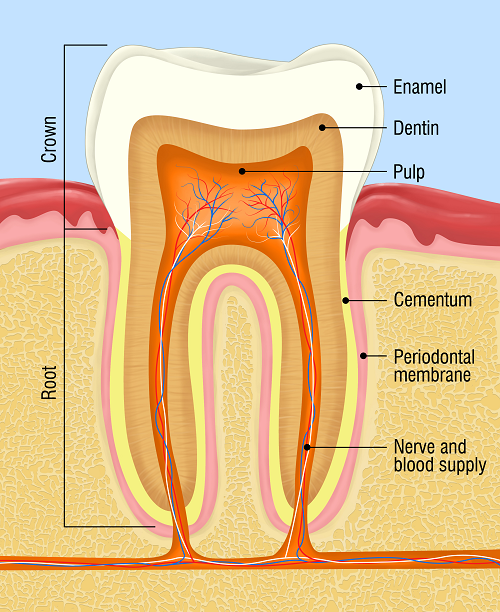
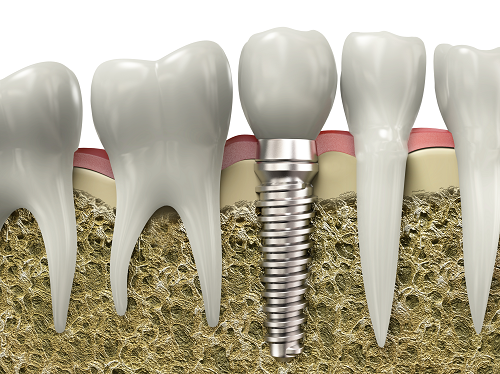



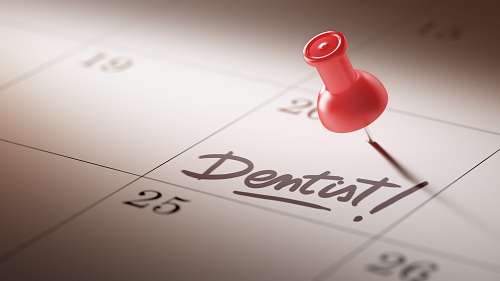
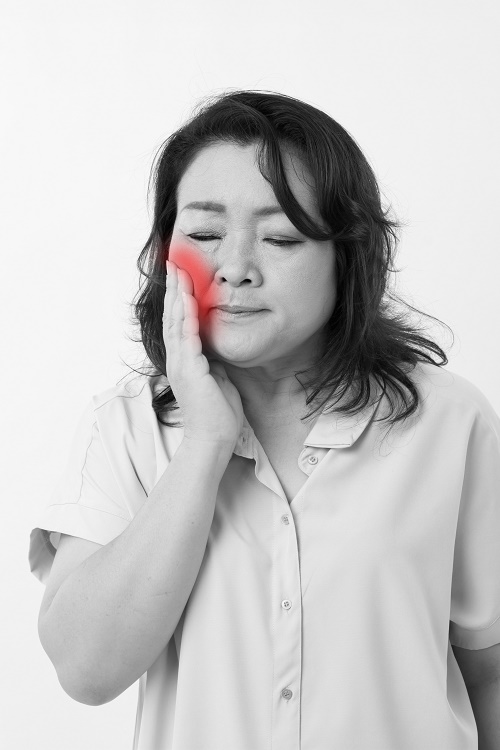
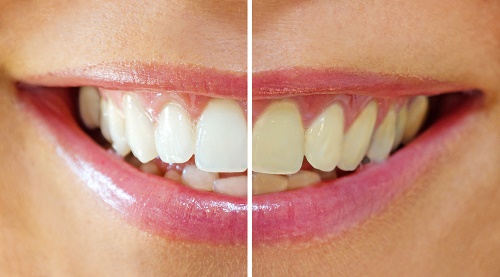

 Web Design by Sleepless Media
Web Design by Sleepless Media